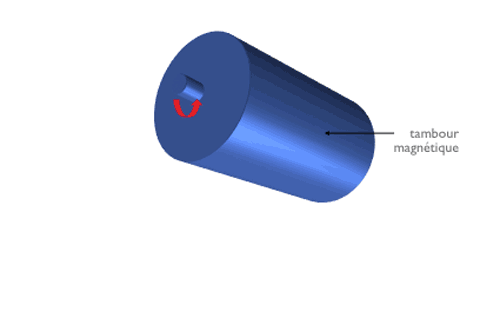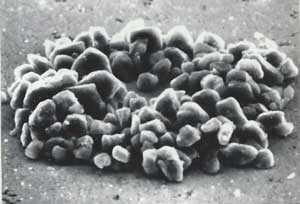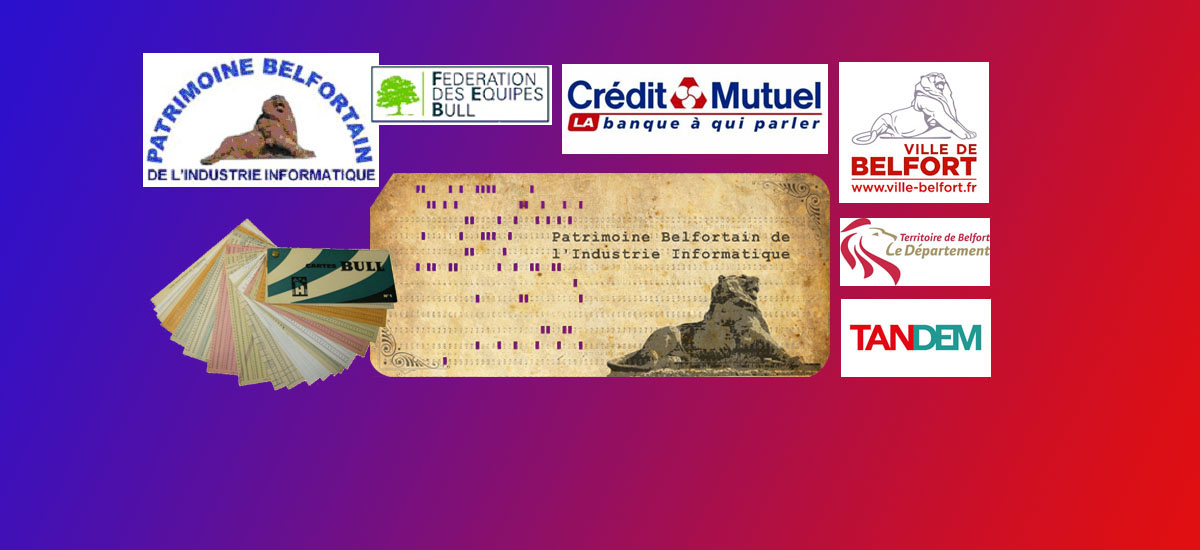Developing the latent image by toner

The ink used to develop the image is a dry toner. Early testing temporally focused on conductive, magnetically “soft” material. But resistive, magnetically “hard” material quickly proved to yield superior performance. The solid particles of toner are brought to the imaged drum surface using a magnetic conveyor roll. Imaged areas retain particles, while non-imaged areas do not, or to a lesser degree.
Under static conditions or very low process speeds, stray particles of toner nevertheless tend to stick to the drum even in the absence of image dots, hence producing some “background noise”. Such noise decreases when speed goes up, due to an increasing energy of the collisions between captive and free particles.
 On the other hand, Image dots tend to retain too much toner. Therefore, a magnetic “retouch”, together with an “air knife” vacuum device, allow for contrast adjustement of the print.
On the other hand, Image dots tend to retain too much toner. Therefore, a magnetic “retouch”, together with an “air knife” vacuum device, allow for contrast adjustement of the print.
The first and second generation printers used a “doctor blade” upstream the development zone in ordre to create a pressurized, quasi-static inking bed. In following generations, the doctor blade was replaced by a deflexion member, in order to create a dynamic fluidized wave that continuously hits the drum surface.

Patrimoine Belfortain de l'Industrie Informatique